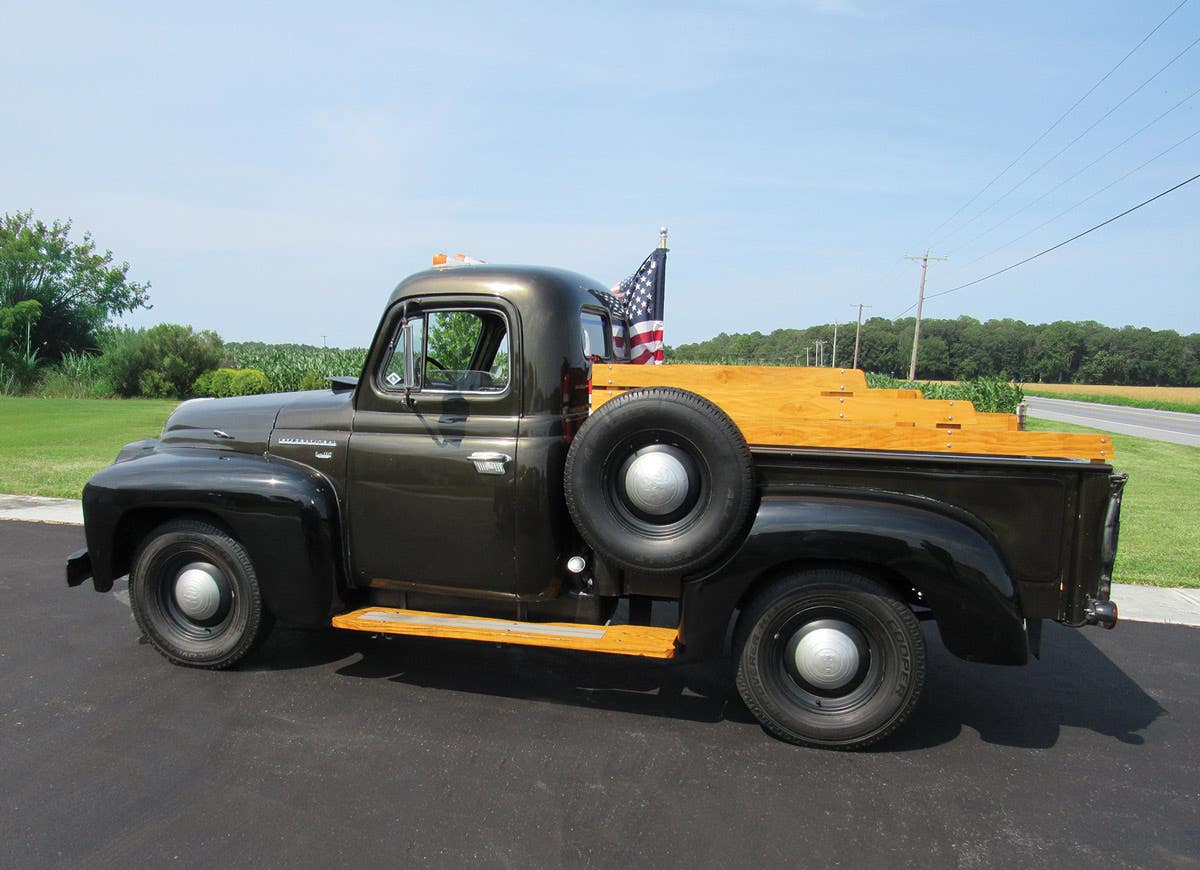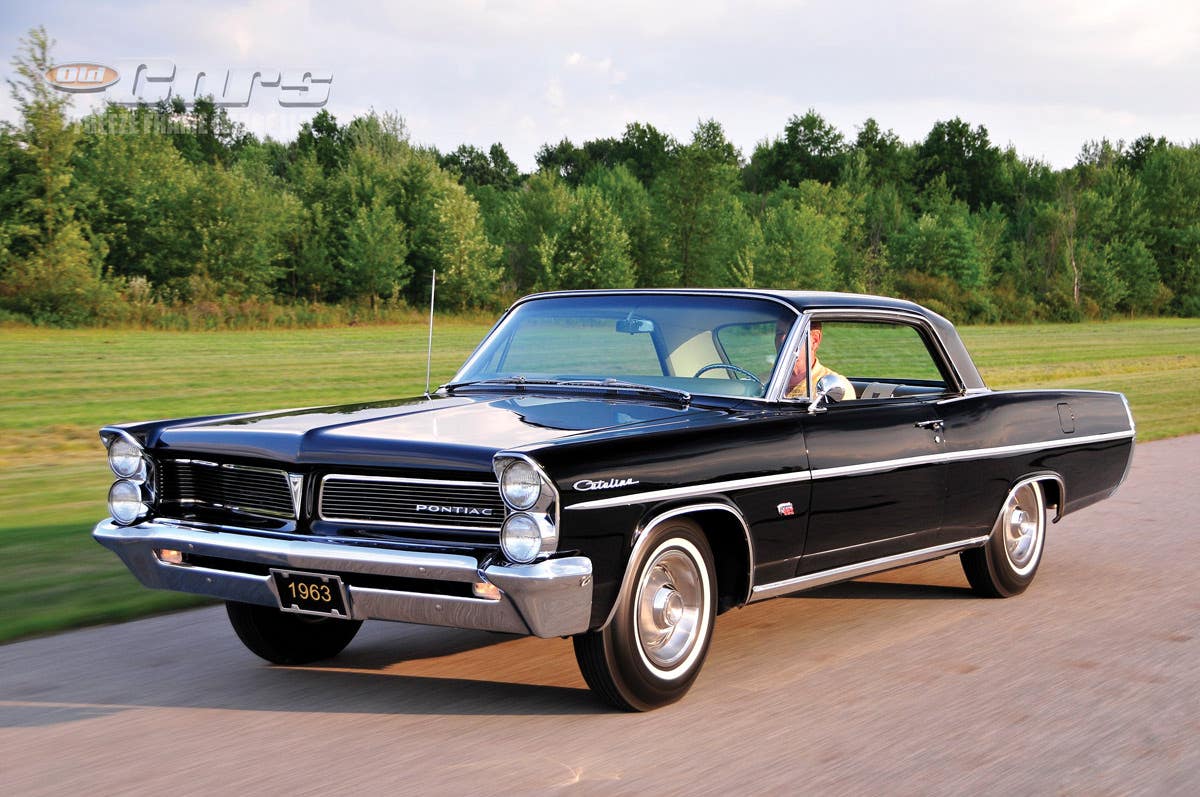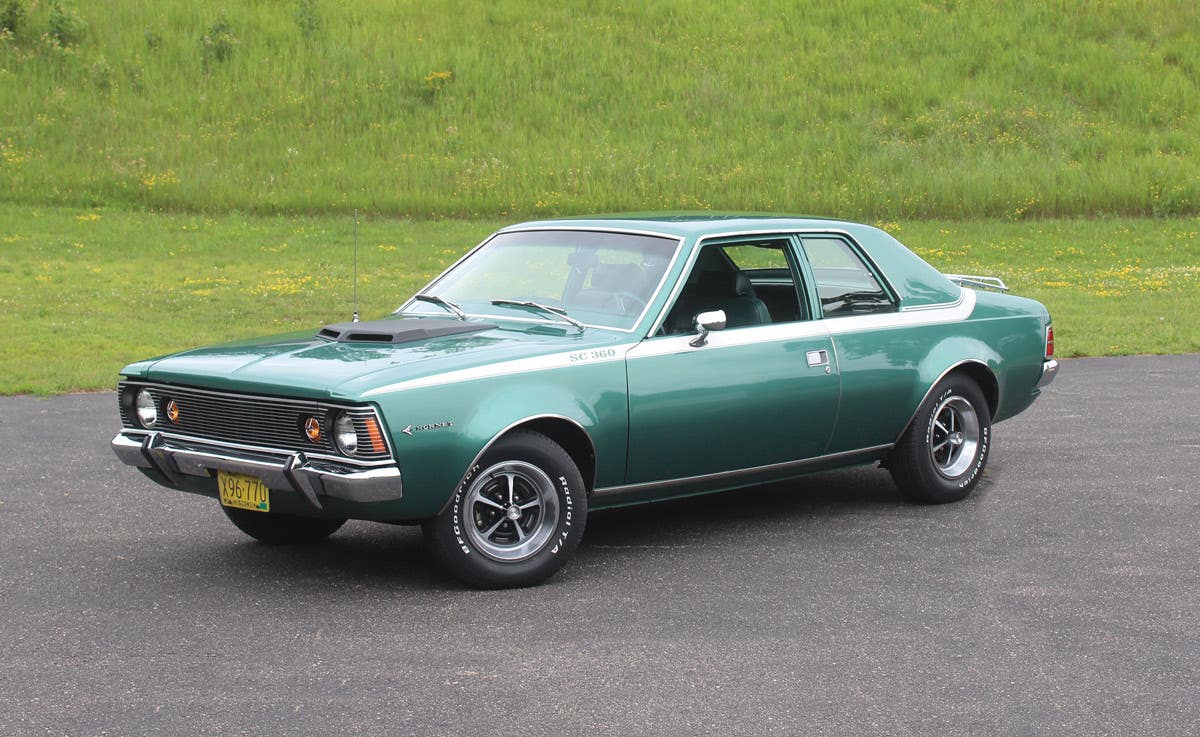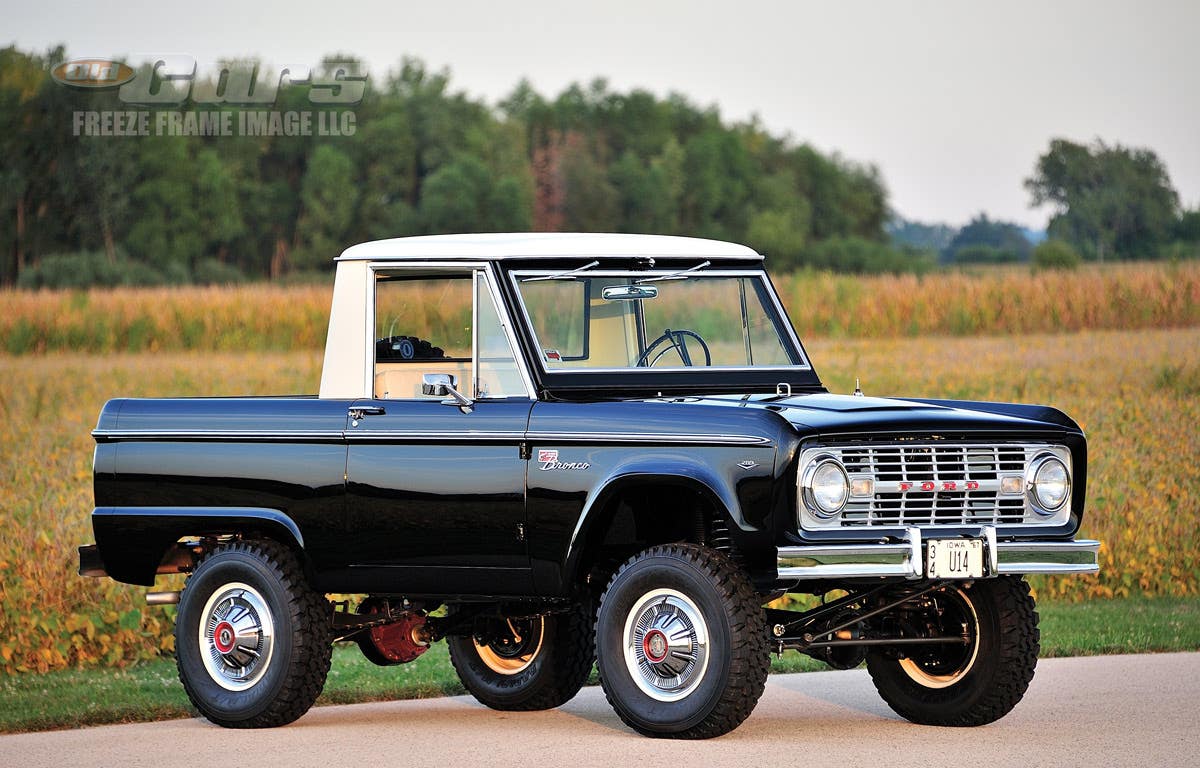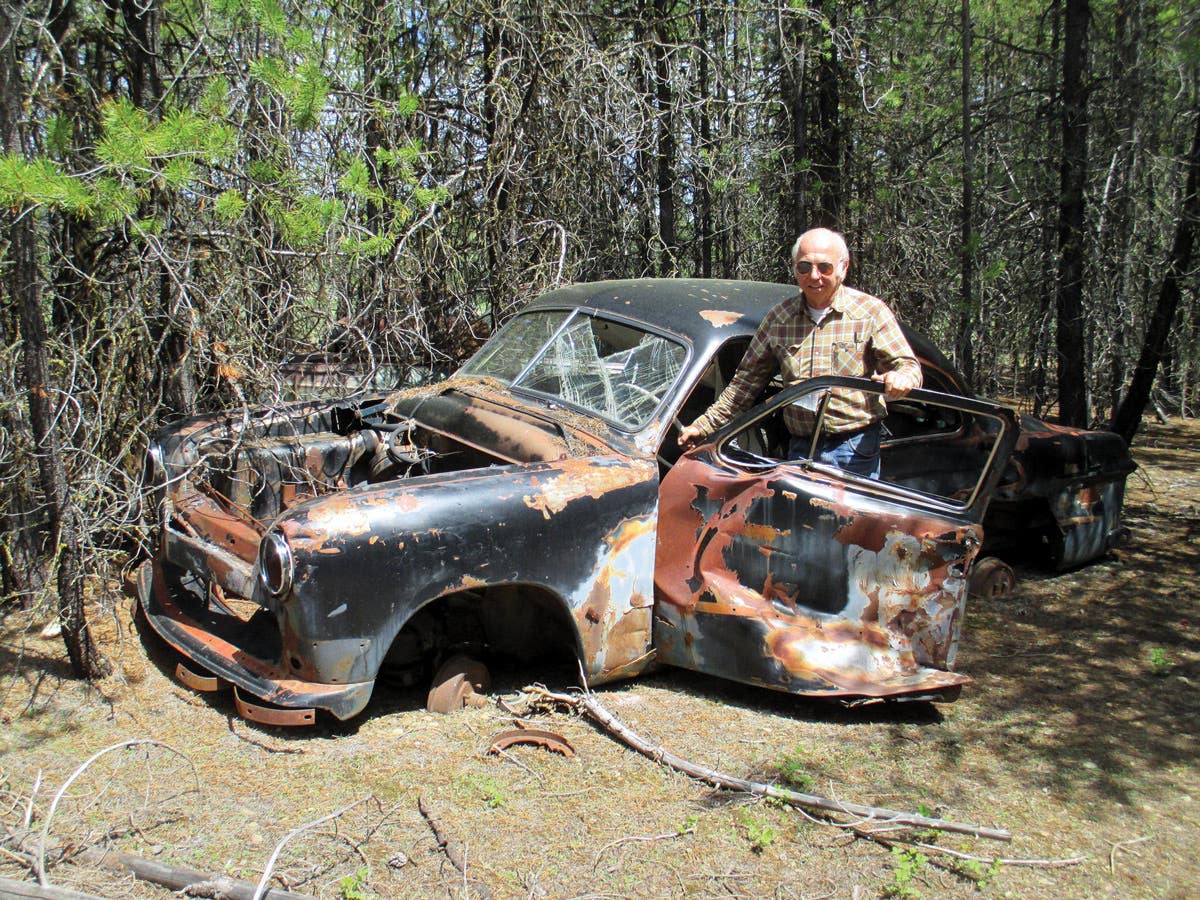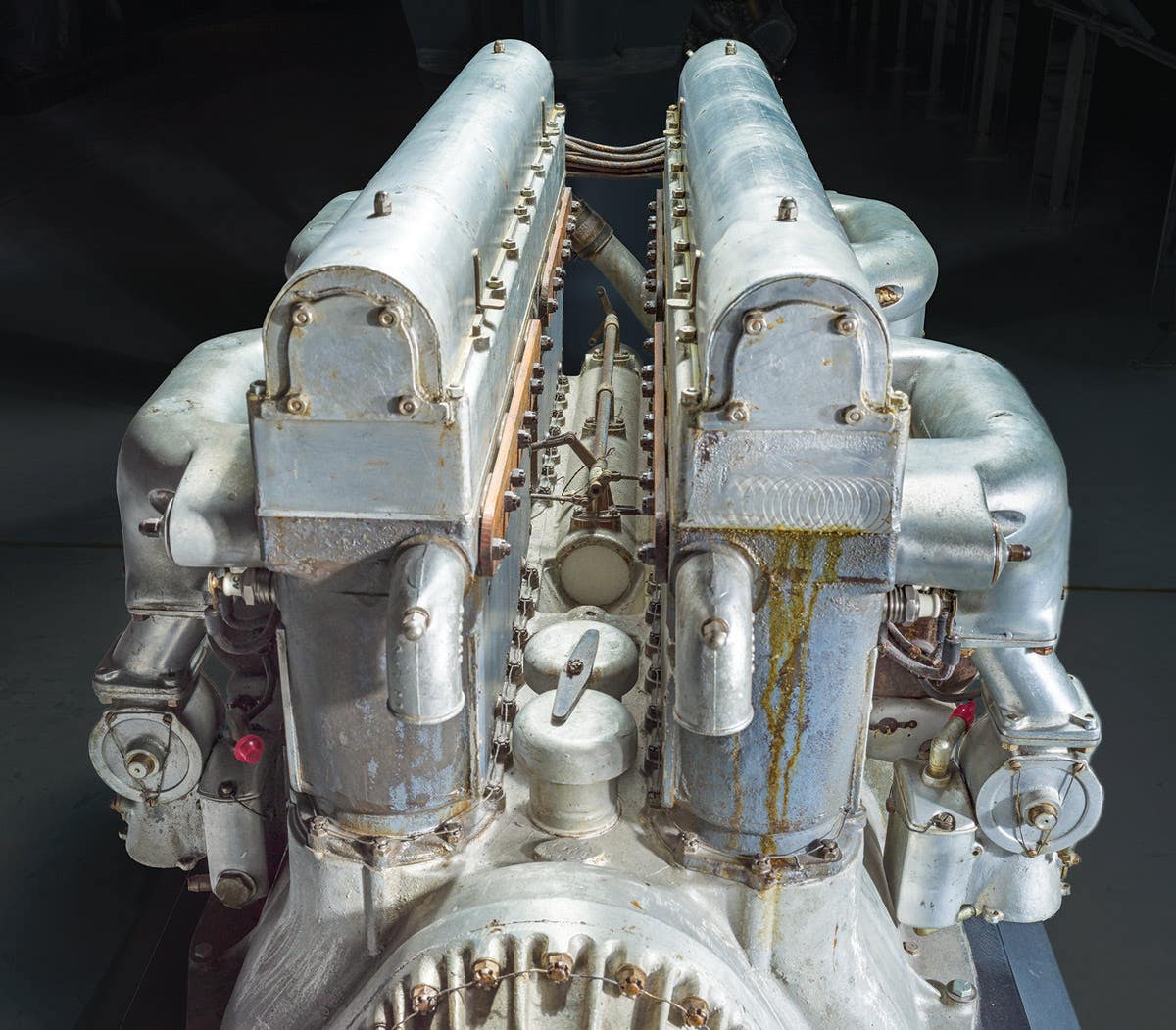Q&A with Kit Foster: April 19, 2012
Q. I have another solution to avoiding an oil bath while changing filters. Lift the hood, take a pick or punch and punch a hole in the filter. Get your…
Q. I have another solution to avoiding an oil bath while changing filters. Lift the hood, take a pick or punch and punch a hole in the filter. Get your quarts of new oil, and by the time you get back the filter will be empty and dry. Spin old filter off and new filter on, and have a nice day! This solution has worked for years.
Ray LeClaire, Spring Grove, Ill.
A. Provided you have a clear drain path under the filter. Some filters are located such that it’s almost impossible to avoid some spillover onto some part of the car or engine. Thanks for the hint, though. And if your filter is difficult to remove once drained, read on.
-------------------------------------------------------------
Q. Spin-on oil filters appear to be made of thinner metal in recent years. This, coupled with restricted access, makes removal difficult. Sometimes the filter gets crushed while you’re trying to remove it because oil filter wrenches do not contact the oil filter surface with the same pressure at all points. I slip a piece of emery cloth cut to the width of the oil filter wrench between the wrench and the oil filter. The filters are then easily removed without crushing. The piece of emery cloth is stored with the oil filter wrench. The same process can be used when installing the oil filter so that it is properly tightened without the wrench slipping or digging into the filter at one point of contact.
Mike Petersen, Raleigh, N.C.
A. Good hint. Thanks. When installing a new spin-on filter, I take care to clean the sealing surface, apply a think film of oil to the filter gasket and install hand tight – as tight as my hand can make it. Then I run the car and look for leaks. Seldom do I need to tighten it further with a wrench.
-------------------------------------------------------------
Q. I have a 1957 Ford retractable hardtop that stops running when you let up to stop at a light or stop sign, usually at about 20 miles an hour. You can keep it running if you keep pumping the gas. This has been going on for about three years. A mechanic has rebuilt the carb three times, and it has had a new coil, wires, plugs, fuel pump and filter. It started when the first mechanic rebuilt the carb. I also installed an electric fuel pump, but it makes no difference. The fuel tank is clean. My brother thinks the gas is vaporizing. It has a plastic spacer under the carburetor. Nobody else seems to have this problem. Can you help?
Larry Gonyer, via e-mail.
A. It sounds like something is restricting fuel flow to the idle jets. Since your carburetor has been rebuilt multiple times to no effect, and the problem started after the first rebuild, I would try replacing it.
-------------------------------------------------------------
Q. In 1941-’42, U.S. manufacturers of convertibles added rear quarter windows for better visibility, with the exception of the Lincoln Continental. The Continental soldiered on through 1948 without this badly needed feature. Does anyone know why this decision was made? I’ve never seen anything written on the subject.
Lewis V. Barnes, Washington, D.C.
A. I’ve never read about it either, nor was I ever in Lincoln’s product planning room. I suspect it may be because quarter windows would have made the car look very “un-Continental.” Lincoln customers who wanted quarter windows could get them in the standard convertible coupe. By the way, the Continental was not the only convertible to retain “blind” quarters. Plymouth kept them, too, through 1948 (which became the first series ‘49s).
-------------------------------------------------------------
Q. Is there a way to tell what year, model and make truck this gas tank came from? There is a number on a metal strip that reads 2MB4133P1. It has been in the basement forever, and I would like to know if it has any value.
Barbara Hollinger, Leonardtown, Md.
A. It looks like it might be a saddle tank, of the type installed on the outside of the chassis on large trucks. From some of the fittings I see on the end view, I suspect its last use was not as an automotive fuel tank. Perhaps one of our readers can identify it.
To submit questions to this column: E-mail angelo.vanbogart@fwmedia.com or mail to: Q&A, c/o Angelo Van Bogart, 700 E. State St., Iola, WI 54990-0001.
Got Old Cars?
If you don't subscribe to Old Cars Weekly magazine, you're missing out on the only weekly magazine in the car hobby. And we'll deliver 54 issues a year right to your mailbox every week for less than the price of a oil change! Click here to see what you're missing with Old Cars Weekly!
More Resources for Car Collectors:
- Classic car price guides, research, books, back issues of Old Cars Weekly & more
- Get expert restoration advice for your classic car
- Get car pricing, data and history all in one place
- Sign up for Old Cars Weekly's FREE email newsletter
- Need to buy or sell your classic car? Looking for parts or memorabilia? Search our huge online classified marketplace



